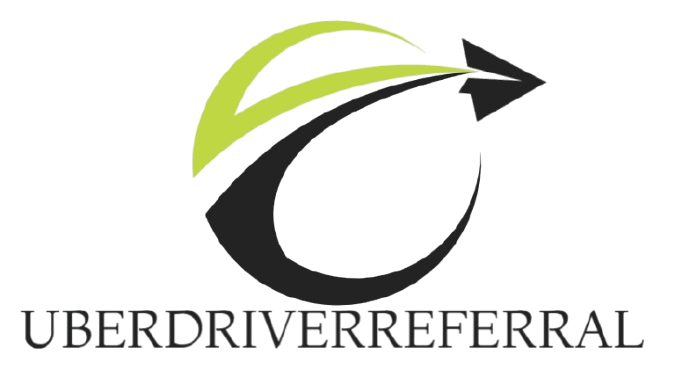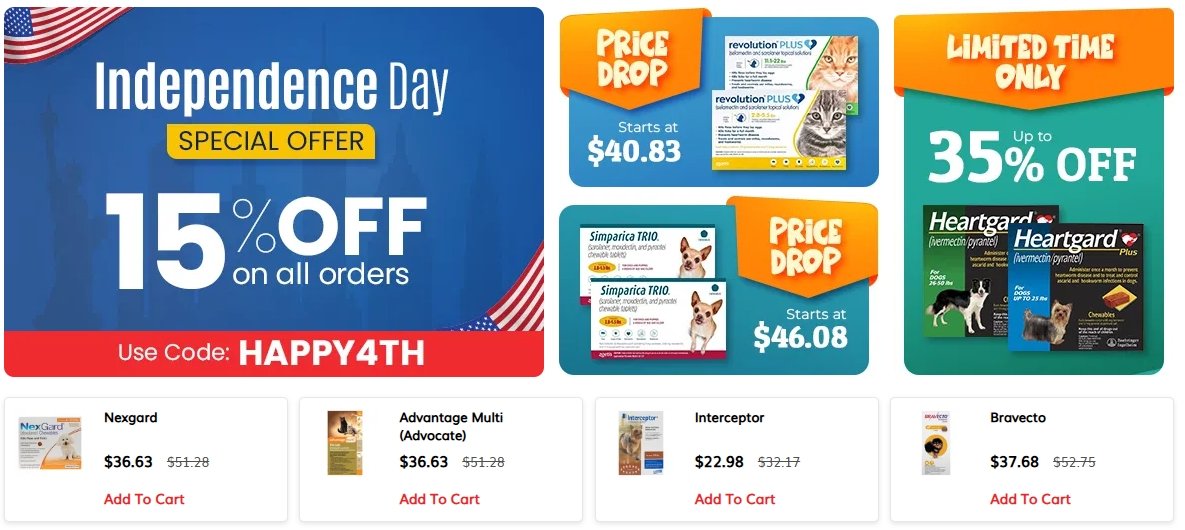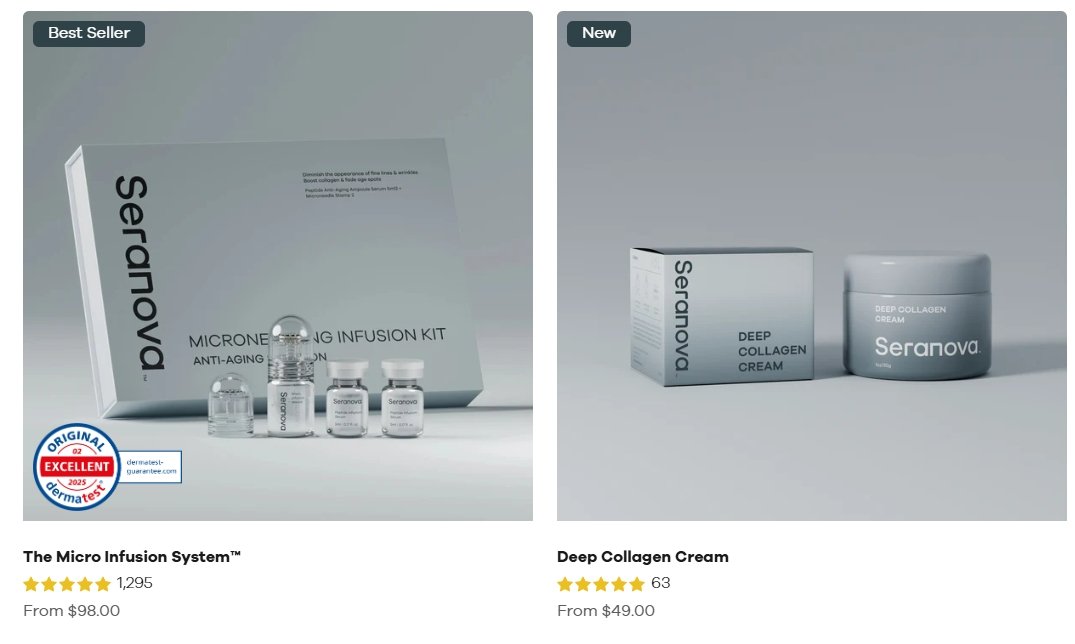As the calendar turns to a new year, many rideshare drivers find themselves at a crossroads—reflecting on the past and looking ahead to new opportunities. Whether you’re a seasoned driver with tens of thousands of rides under your belt or someone just exploring the gig economy, creating a driving plan for 2025 can help you stay on course, optimize your time, and avoid burnout.
For veteran driver Jay Cradeur, who’s logged nearly 32,000 rides with Uber and Lyft, 2025 represents not just another year of driving—but a smarter, more intentional approach to achieving balance and financial goals. His insights serve as a powerful guide for any driver looking to level up their strategy in an increasingly competitive environment.
Why You Need a Driving Plan
The gig economy has matured. What once was a simple process of logging on and watching the ride requests roll in has evolved into a more complex, competitive arena. Drivers now face increased competition, ever-changing algorithms, and fluctuations in rider demand.
In this new landscape, success no longer hinges on how long you’re willing to hustle—it depends on how effectively you can plan. A solid rideshare driving blueprint can help you:
- Focus on your goals
- Manage your time better
- Increase your earnings
- Reduce stress and fatigue
- Maintain a healthier work-life balance
Start with Purpose: How Much Will You Drive?
One of the first and most important decisions you’ll make is determining whether you’ll drive part-time or full-time. For Jay, 2025 is a part-time year, with a clear goal of maintaining flexibility while preparing for a life change: a move to Thailand in June.
If you’re juggling other jobs, family obligations, or personal passions, part-time driving might be your best path too. It allows you to concentrate your efforts during high-demand periods—like weekends or holidays—without sacrificing energy or sanity.
The takeaway? Be honest about how driving fits into your broader life and financial picture. Then, build your schedule accordingly.
Choose Your Driving Months Wisely
Seasonal planning is often overlooked but can significantly impact your earnings. Jay’s decision to only drive from January to May is a strategic move that allows him to focus his energy and income goals before his relocation.
Not all months are created equal in the rideshare world. Winter holidays often bring a spike in demand thanks to travel, shopping, and social events. Conversely, early-year lulls like January or the back-to-school slowdown in September may yield fewer opportunities.
Knowing these patterns allows you to anticipate lean times and capitalize on busy ones. Your calendar can be a powerful tool—use it.
Lock In Your Weekly Schedule
To make rideshare driving sustainable, consistency is key. For Jay, that means committing to weekends: eight hours on Saturdays and four hours on Sundays.
Why weekends? It’s when riders are more likely to be out and about—going to brunch, attending events, or enjoying nightlife. It’s also a manageable schedule that avoids the wear-and-tear (both literal and emotional) of long weekday commutes.
Find your rhythm. Maybe it’s morning airport runs, late-night club crowds, or weekday commuters. Choose your hours and stick to them. A predictable schedule leads to predictable income.
Define a Clear Income Goal
Vague goals lead to vague results. That’s why a specific income target is a cornerstone of any good driving plan.
Jay’s 2025 goal is $6,000 over 20 weekends—an average of $300 each weekend. Knowing exactly what he wants to earn provides clarity and focus. It also helps him adjust when needed. If he falls short one weekend, he can make it up the next or take advantage of special promotions.
Break your own goal into manageable chunks. Figure out how many hours or rides you need per week and what that looks like in real-world driving. Tracking progress is key to staying motivated and accountable.
Choose the Right Car for the Job
Your vehicle is your business partner. It affects everything from your earnings to your stress level. Jay drives a 2017 Honda Accord Hybrid—a car he describes as smooth, quiet, and fuel-efficient. It’s familiar and reliable, two qualities that can’t be overstated.
If you’re driving full-time, it may be worth exploring lease or rental options, especially if your current vehicle isn’t built for heavy use. Some platforms even offer rental incentives for frequent drivers.
Fuel economy, comfort, and maintenance costs should guide your decision. And if you’re considering a switch, hybrids and electric vehicles are increasingly popular for good reason.
Drive Smart, Not Just Hard
Efficiency is the name of the game. That means:
- Driving during high-demand times
- Positioning yourself near event venues or busy areas
- Minimizing wait times between rides
- Using both Uber and Lyft apps to boost ride opportunities
Familiarize yourself with your city’s rhythms—concert schedules, sports games, and airport rushes. Every minute counts, and a strategic mindset can be the difference between a profitable shift and a frustrating one.
Be Ready for Life’s Curveballs
Jay’s 2025 plan includes a major life change: relocating to Thailand in June. That kind of transition requires foresight and flexibility.
If you’re facing a move, career shift, or major life event, include it in your rideshare roadmap. Research the market in your new location. Understand local regulations, competition, and potential opportunities.
Even if you’re not moving, it’s smart to prepare for disruptions—whether it’s platform changes, car troubles, or unexpected personal commitments.
The Final Blueprint: A Snapshot
Here’s a summary of Jay’s 2025 plan:
- Drive part-time: Weekends only (Sat: 8 hrs, Sun: 4 hrs)
- Target months: January to May
- Income goal: $6,000 over 20 weekends ($300/weekend)
- Vehicle: 2017 Honda Accord Hybrid
- Efficiency strategy: Focus on high-demand areas and use both apps
- Long-term goal: Relocate to Thailand and explore new income streams
Closing Thoughts: Make 2025 Your Best Year Yet
Creating a rideshare driving plan isn’t just a productivity hack—it’s a roadmap to achieving what matters most to you. Whether you want to earn more, drive less, or set the stage for a major life change, planning gives you clarity and control.
The gig economy may be evolving, but your ability to adapt, strategize, and succeed remains entirely in your hands.
Drive smart. Drive safe. And make 2025 your most successful year yet.


